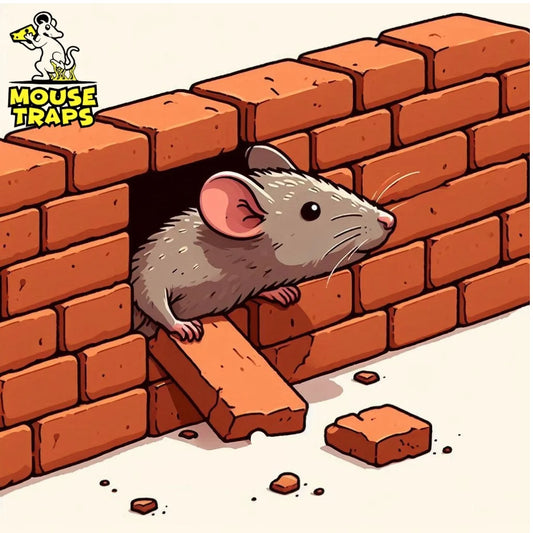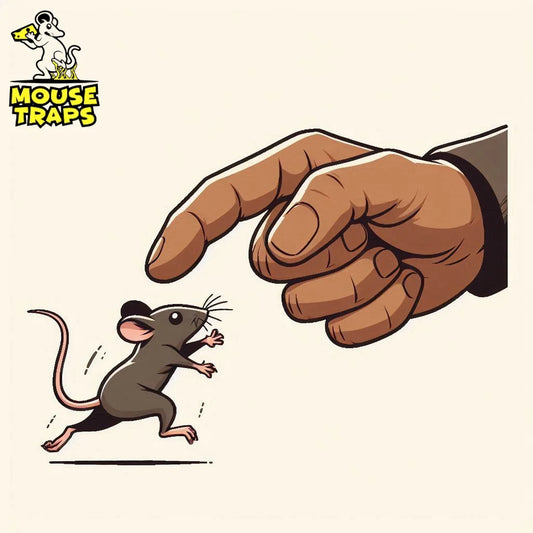Introduction:
Rats are not wanted in any place in kitchens where they can cause serious problems. They can ruin things make food dirty and spread illnesses that can harm the health of workers and customers. In this manual we will look into how to spot a rat problem in a kitchen understand the risks involved and most importantly learn how to handle them using traps designed for mice.

Signs of a Rat Infestation:
Before we dive into the solutions, it's crucial to identify whether your commercial kitchen is indeed infested with rats. Here are some common signs:
- Droppings: Rat droppings are typically found near food sources and look like dark grains of rice.
- Gnaw marks: Rats have strong teeth and will gnaw on wood, plastic, or even metal to gain access to food.
- Tracks: Grease marks and footprints can be seen along walls and baseboards.
- Nesting materials: Rats will use shredded paper, cloth, or insulation to build nests.
- Strange noises: Rats are most active at night, so listen for scratching or squeaking sounds.

The Dangers of a Rat Infestation:
Rat infestations in commercial kitchens are not just a nuisance; they can have serious consequences:
- Health hazards: Rats can transmit diseases such as leptospirosis, salmonellosis, and hantavirus through their urine, droppings, and bites.
- Contamination: Rats can contaminate food and food preparation surfaces with their droppings, urine, and hair.
- Damage to property: Rats can cause significant damage to buildings, furniture, and equipment by gnawing on them.

How to Deal with Rat Infestation Using Mouse Traps?
Dealing with a rat problem in your restaurant kitchen? Using mouse traps could be a way to tackle the issue effectively. Here's how to use them:

- Choose the right trap: There are mouse trap options to choose from, such, as traps, glue traps and electronic traps. Snap traps are considered effective, for catching rats.
- Place traps strategically: Put traps along walls and baseboards, as rats tend to travel along these paths. Also, place them near entry points and food sources.
- Use the right bait: Rats are attracted to protein-rich foods like peanut butter, bacon, or dried fruit. Place a small amount on the trap's trigger.
- Check traps regularly: Check traps daily and dispose of any trapped rats promptly and hygienically.
- Prevent future infestations: Once you've dealt with the current infestation, take steps to prevent future ones, such as sealing entry points and keeping food stored securely.

FAQs:
Conclusion:
Facing a rat problem, in your kitchen may seem overwhelming. By taking the correct steps and utilizing mouse traps you can successfully eradicate these unwanted pests and avoid future invasions. By recognizing indicators of rat infestations comprehending the risks they present and adhering to the instructions provided in this manual you can safeguard your kitchen, your staff and your patrons, from the health risks linked to rats.




